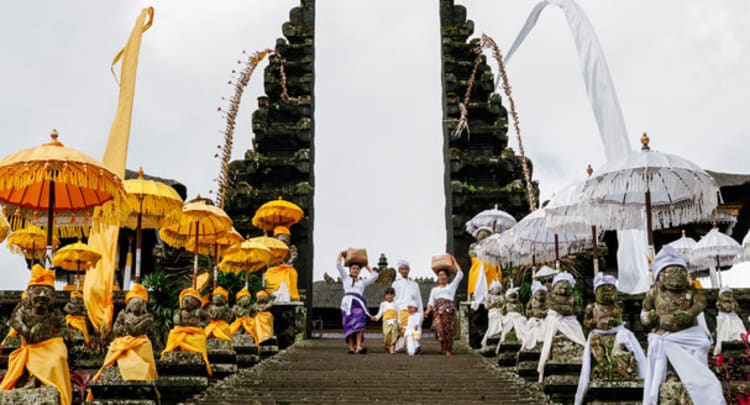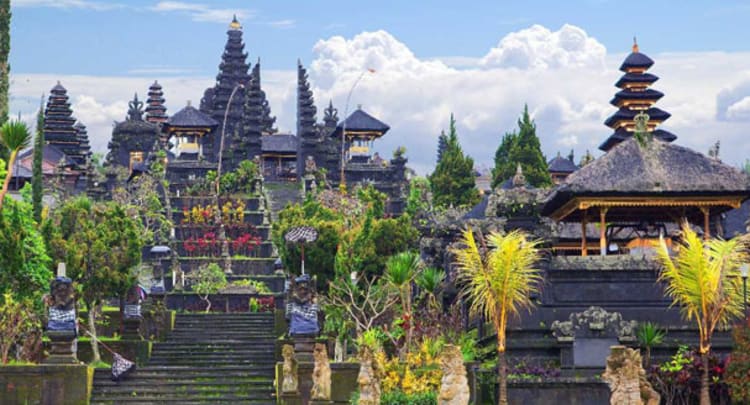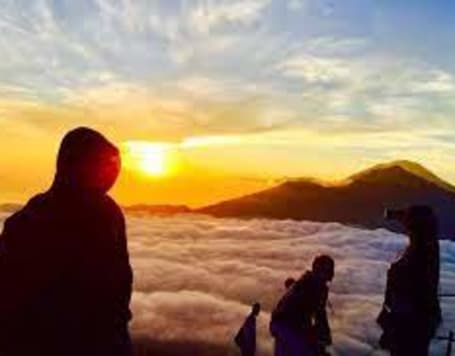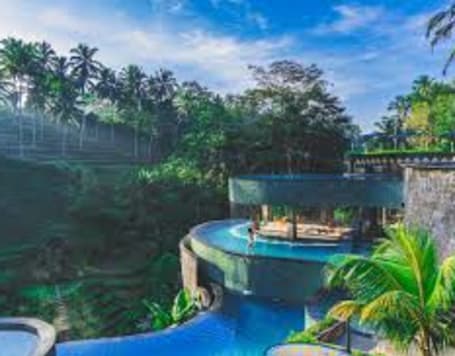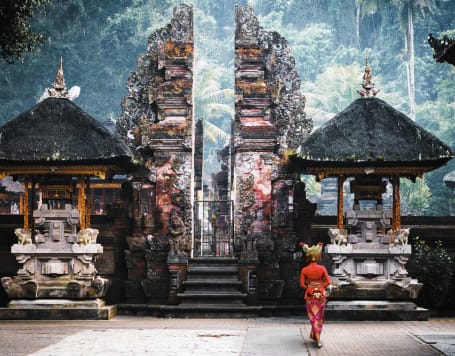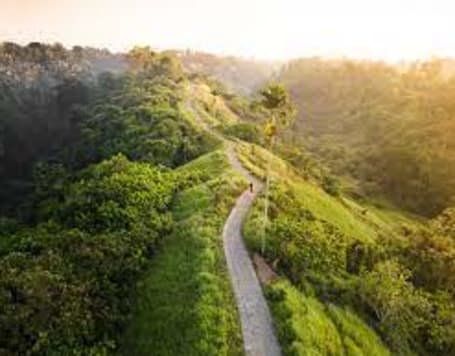Pura Besakih, also known as the "Mother Temple" of Bali, is a Hindu temple complex located in the eastern part of Bali, Indonesia. It is one of the most important and sacred temples in Bali, and attracts visitors from around the world who come to admire its stunning architecture and rich cultural heritage. Here is a detailed guide to visiting Pura Besakih:
History and Significance: Pura Besakih is considered to be the holiest of all the temples in Bali, and is believed to date back to the 8th century. The temple complex comprises 23 separate temples that are spread out over six terraced levels on the slope of Mount Agung, the highest volcano in Bali. Each temple is dedicated to a different deity, and the complex as a whole is a symbol of the Balinese people's devotion to their religion.
Architecture and Design: The temple complex is known for its stunning architecture and intricate designs. The most prominent feature of the complex is the towering meru towers, which are multi-tiered shrines that are dedicated to various gods and goddesses. The meru towers are adorned with elaborate carvings and decorations, and each tier represents a different level of the universe. The temple complex also features several pavilions, gateways, and courtyards, all of which are beautifully decorated with carvings, statues, and other traditional Balinese ornaments.
Dress Code and Etiquette: Visitors to Pura Besakih are required to dress modestly and respectfully. It is recommended to wear long pants or skirts that cover the knees, and to cover the shoulders with a scarf or shawl. Visitors should also remove their shoes before entering any of the temples. It is important to be respectful of the temple and its surroundings, and to not touch any of the statues or other sacred objects.
Festivals and Celebrations: Pura Besakih is a popular destination for religious festivals and celebrations. The most important festival is the Odalan festival, which is held every 210 days and commemorates the anniversary of the temple's founding. During this festival, the complex is decorated with colorful flags and banners, and thousands of Balinese Hindus come to offer prayers and make offerings to the gods.
Overall, Pura Besakih is a must-visit destination for anyone interested in the rich cultural and religious heritage of Bali. Its stunning architecture, beautiful surroundings, and spiritual significance make it a truly unique and unforgettable experience.


